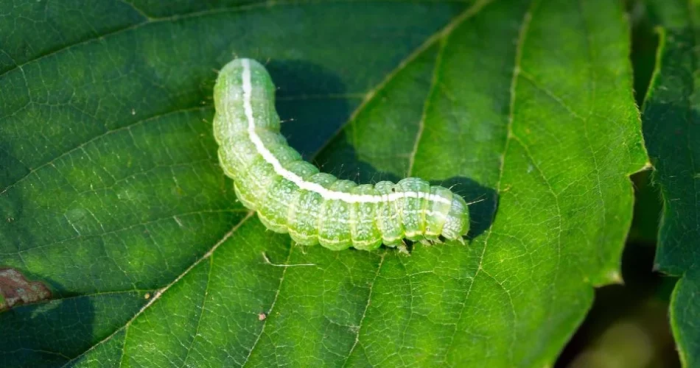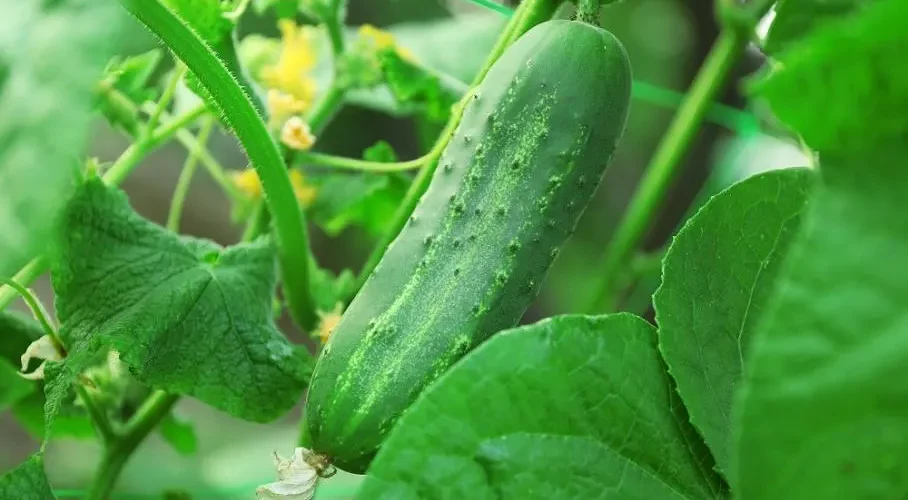
The ingredient you should use to water your orchids before they bloom
Advice Advice
- 0
- 74
Orchids are exceptionally beautiful flowers, known for their delicate appearance and the demanding care they require. But even inexperienced gardeners can grow them successfully. This article provides a guide to the basics of orchid care and simplifies the practices necessary for these magnificent, yet sometimes intimidating, plants.
Orchid Care Basics
Light and temperature
Orchids thrive in bright environments without direct sunlight, which can burn their delicate leaves. An east- or west-facing window is ideal, providing the soft light they need. The ideal temperature varies depending on the species, but a slight contrast between day and night temperatures promotes flowering.
Irrigation and humidity
Watering should be moderate to allow the substrate to dry between waterings and prevent root rot. It’s beneficial to maintain a humidity level of around 60-70%, simulating its naturally humid environment. Using a humidifier or placing the pot on a tray of damp pebbles can help maintain this humidity.
Substrate and transplant
Choosing an aerated and well-drained substrate is important because orchids don’t like their roots constantly wet. Repotting every 2 or 3 years with fresh substrate prevents disease and promotes plant growth.
Nutrition
Orchids benefit from balanced fertilization tailored to their needs. Using a specially formulated orchid fertilizer at low doses promotes healthy growth without overloading the plant with nutrients.
Advanced tips for growing orchids.
Watering orchids with green tea is an innovative, if unconventional, approach. This method can add mild, beneficial acidity and additional nutrients to some orchids. However, it should be used in moderation: 2 teaspoons of diluted green tea a day may be sufficient; it is best to avoid watering on weekends. This advice does not replace basic care, but can complement careful treatment.
Observations and adjustments
It’s important to pay special attention to the plant. Yellowing leaves, soft roots, or a lack of flowers can indicate a problem. Care tailored to these signs is crucial to restoring the orchid’s health.
This article, enriched with practical tips and advanced techniques, offers a comprehensive approach to orchid care. By following these guidelines, gardeners of all levels can successfully grow orchids and enjoy their splendor, transforming their living space with the beauty of these fascinating plants.

